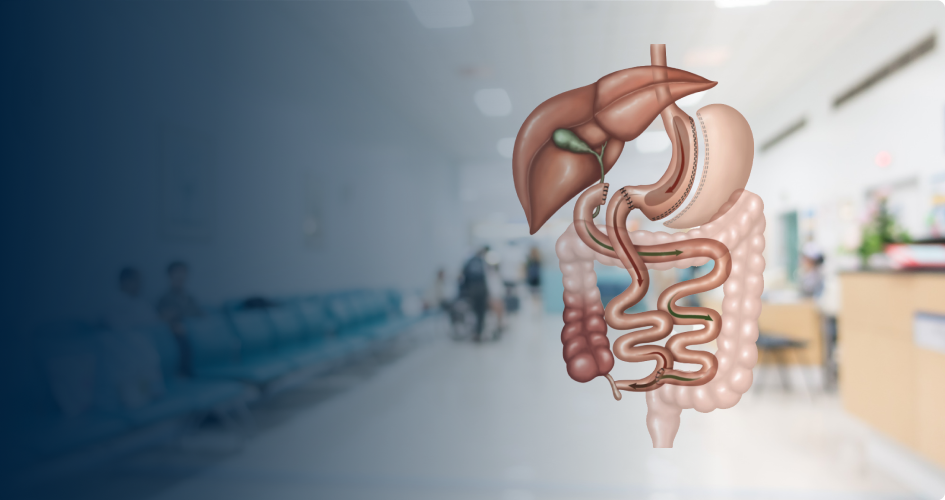Unlock Unparalleled Weight Loss: Try Biliopancreatic Diversion with Duodenal Switch at NObesity
Welcome to NObesity, the epitome of weight loss excellence in Ahmedabad, where we push the boundaries of surgical expertise to new horizons.
Our esteemed bariatric surgeons have honed their skills in the biliopancreatic diversion with duodenal switch procedure, consistently delivering extraordinary outcomes that have revolutionized countless lives.
Testimonials
Ready to Reclaim Control Over Your Weight and Transform Your Life?
Our dedicated team of experts at NObesity is committed to providing exceptional care throughout your weight loss journey with our innovative biliopancreatic diversion with a duodenal switch procedure.
Take the First Step Today by Calling Us at +91-8999949999 or Emailing Us at info@nobesity.in.
FAQs
What is Biliopancreatic Diversion with Duodenal Switch (BPD-DS)?
Biliopancreatic Diversion with Duodenal Switch (BPD-DS) is a surgical procedure that combines restrictive and malabsorptive techniques to achieve weight loss. It involves the removal of a portion of the stomach to create a smaller stomach pouch, then rearranging the small intestine to limit the absorption of nutrients and calories.
Are there any risks and complications associated with BPD-DS surgery?
Risks and complications may include allergic reactions to medications, blood loss requiring transfusion, heart attacks, strokes, kidney failure, pneumonia, bladder infections, complications from anaesthesia, and specific complications such as deep vein thrombosis (DVT), organ damage, abdominal hernia, and leakage of digestive contents leading to infection.
Is BPD-DS Surgery Reversible?
BPD-DS surgery is not fully reversible due to partial stomach removal. The procedure involves permanent changes to the digestive system and should be considered a lifelong commitment to maintaining a healthy lifestyle.
How Long Does the Weight Loss Continue After BPD-DS Surgery?
Weight loss typically continues for 18-24 months after BPD-DS surgery. Many patients maintain a weight loss of 75-80% of their excess weight even 10 years after the surgery.












